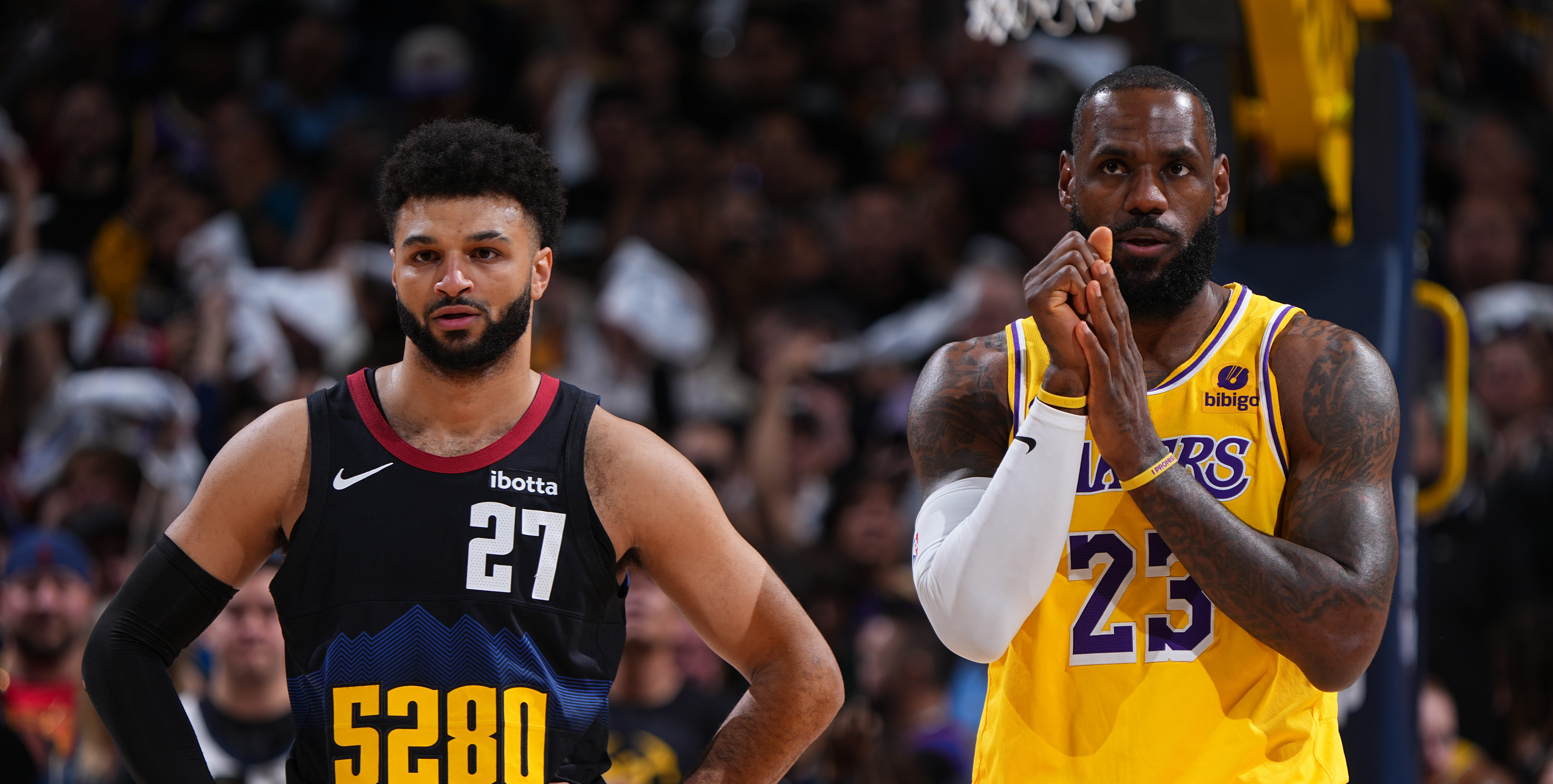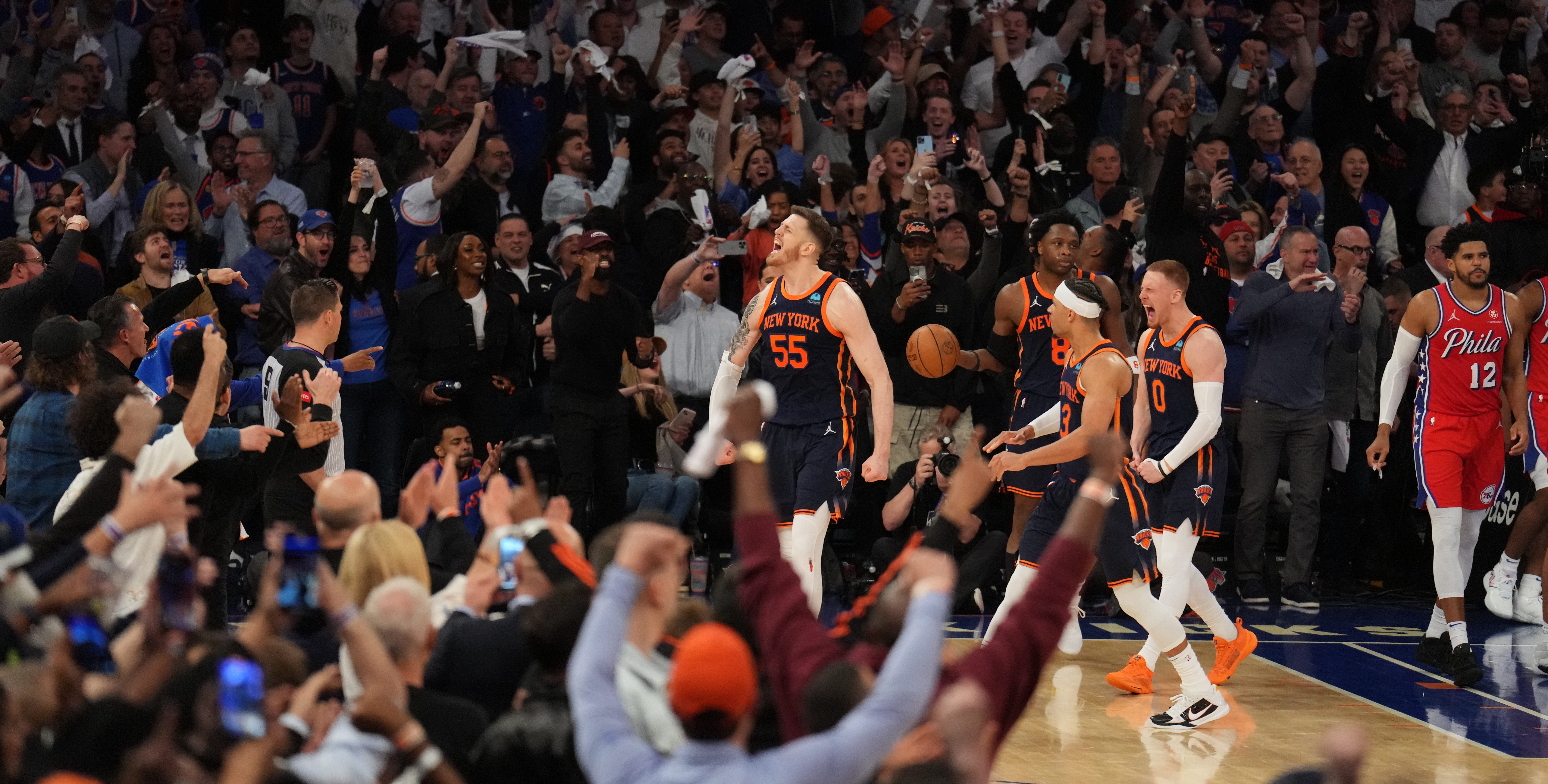
By now you probably know the story of Michael Porter Jr.'s back. Right as his college basketball career was starting—two minutes in to be exact—he had to sit out with back pain, which eventually developed into Porter undergoing a microdiscectomy of the L3-L4 spinal discs. The general consensus has been simple: if Porter's medicals are clean then he is a potential top-five pick, but if there is a lack of medical information or any indication that lingering issues persist, he will be available at picks six through the late lottery. Regardless of how his medical records look, what we do know is that Porter was the top-ranked player in his high school class before the eventual re-classification of Marvin Bagley. With this in mind, any team in need of serious star power—hello Bulls!—should have no problems spending a high pick on Porter, and Hall of Famer Scottie Pippen is a big reason why.
In July of 1988, Pippen has disc surgery following a rookie season that was plagued by constant back pain. During that rookie season Pippen played just over 20 minutes a night and played in a total of 79 games.
While the late 80's didn't have the help of NBA Twitter to breathe doubt into fans, there was still a running sentiment that Pippen may not be effective as he was during his initial NBA season. But in his sophomore NBA year, he almost doubled his scoring total while raising his free throw percentage from 57.6 percent to 66.8 percent. On top of this, Pippen also increased his workload by playing 33.1 minutes per game. Altogether he increased his field goal and free throw percentage each of his first four seasons in the league, all following his rookie year back surgery.
This however, should not come as a shock. In an interview with SB Nation, Dr. Charla Fischer, a spine surgeon at NYU Langone Health, stated: "Most patients tell me they feel at least 50 to 80 percent better immediately after the surgery."
Players typically take two seasons to return to form following herniated disc surgery, and that is right in line with Pippen's first All-Star appearance in 1990, about one and a half seasons following his procedure. When you relate this back to Porter, a clearer picture of what to expect forms. Because Porter has already missed an entire season of basketball (at Missouri), it figures to take about a year for him to totally regain the explosivness that he showcased at the high school level.
Pippen averaged 14.4 ppg, 3.8 rpg, 2.1 apg, along with a combined 1.9 stl/blks per game in the season following his back procedure. Now it would be unreasonable to expect Porter to come into the NBA performing at that level, but more so because of his lack of all-around polish more than anything else. And that is what makes Porter such a conundrum. He is a player whose game—as of now—is totally based on scoring, and his scoring is directly tied to how close he is to 100 percent. So again, developing the rest of his game in terms of passing and defense will take on everlasting importance, regardless of if he ends up with Chicago or another team.
And while it is true that Pippen's injury history eventually caught up with him, leading to another back surgery in 1998, this was six NBA championships later. Pip went on to play six more seasons following his 1998 procedure. This included four seasons with Portland where the team routinely won around 50 games, and had a legendary battle with the Los Angeles Lakers in the 2000 Western Conference Finals.
NBA
So no matter what, Porter's first year should be looked at as one very, very long training camp. He will be in the best position to succeed if he is selected by a team willing to look at him as a long-term piece, rather than a 6-foot, 11-inch savior.


